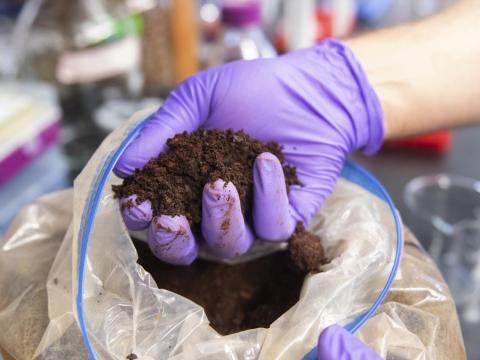
Rare earth elements, like neodymium and dysprosium, are a critical component to almost all modern technologies, from smartphones to hard drives, but they are notoriously hard to separate from the Earth’s crust and from one another.
Penn State scientists have discovered a new mechanism by which bacteria can select between different rare earth elements, using the ability of a bacterial protein to bind to another unit of itself, or “dimerize,” when it is bound to certain rare earths, but prefer to remain a single unit, or “monomer,” when bound to others.
By figuring out how this molecular handshake works at the atomic level, the researchers have found a way to separate these similar metals from one another quickly, efficiently, and under normal room temperature conditions. This strategy could lead to more efficient, greener mining and recycling practices for the entire tech sector, the researchers state.
“Biology manages to differentiate rare earths from all the other metals out there — and now, we can see how it even differentiates between the rare earths it finds useful and the ones it doesn’t,” said CMI researcher Joseph Cotruvo Jr., associate professor of chemistry at Penn State and lead author on a paper about the discovery published May 31 in the journal Nature. “We’re showing how we can adapt these approaches for rare earth recovery and separation.”
Link to the full story: A protein mines, sorts rare earths better than humans, paving way for green tech
